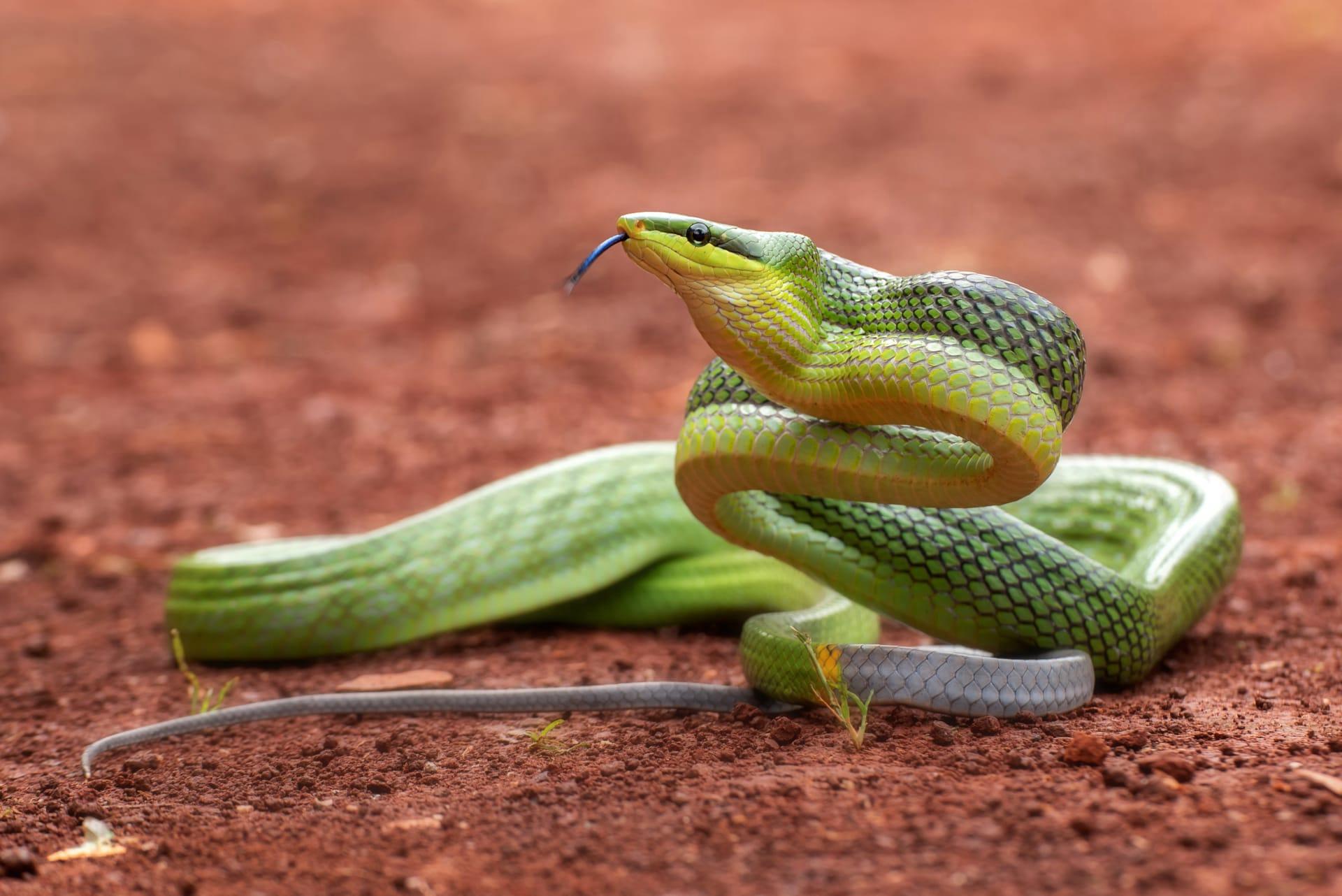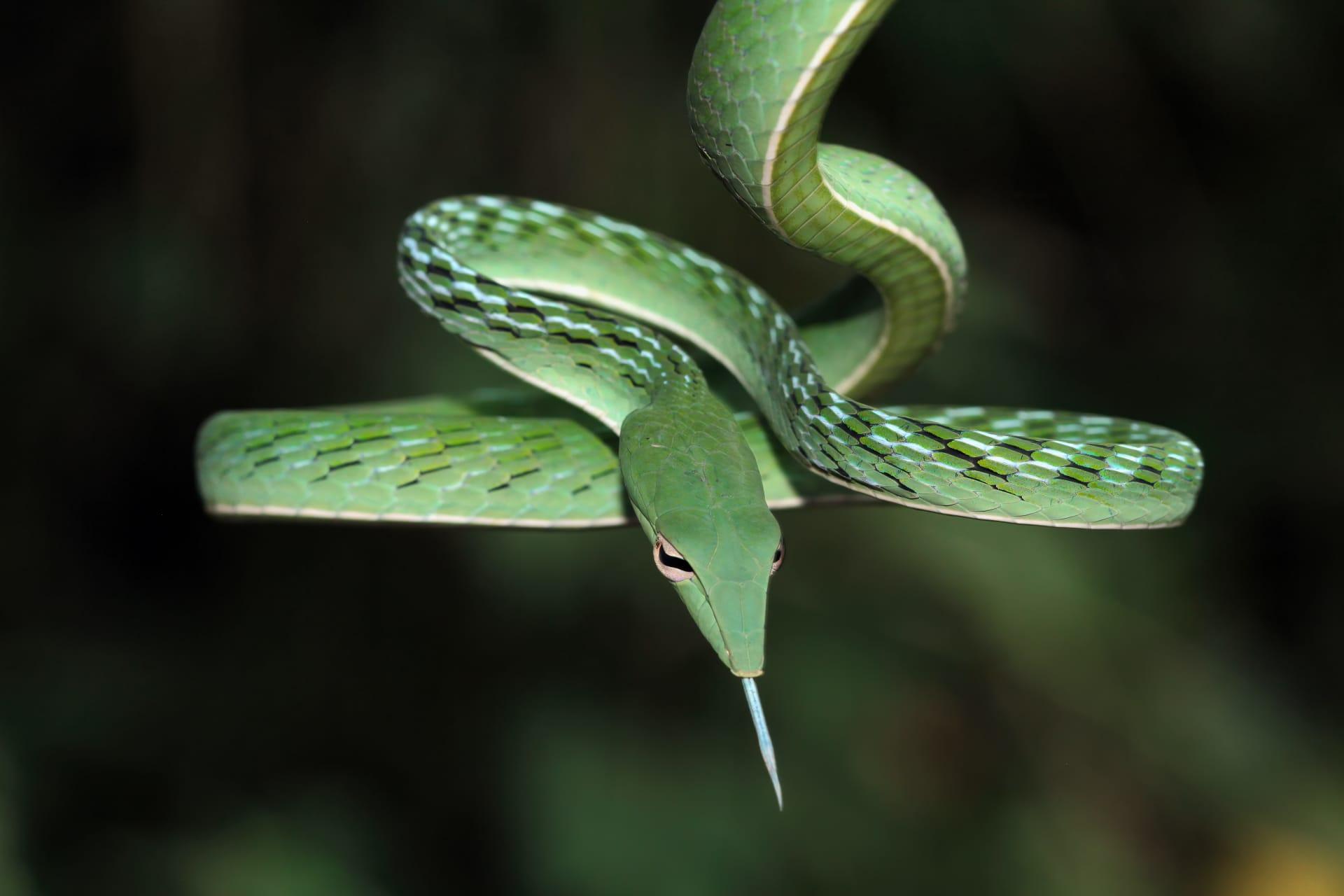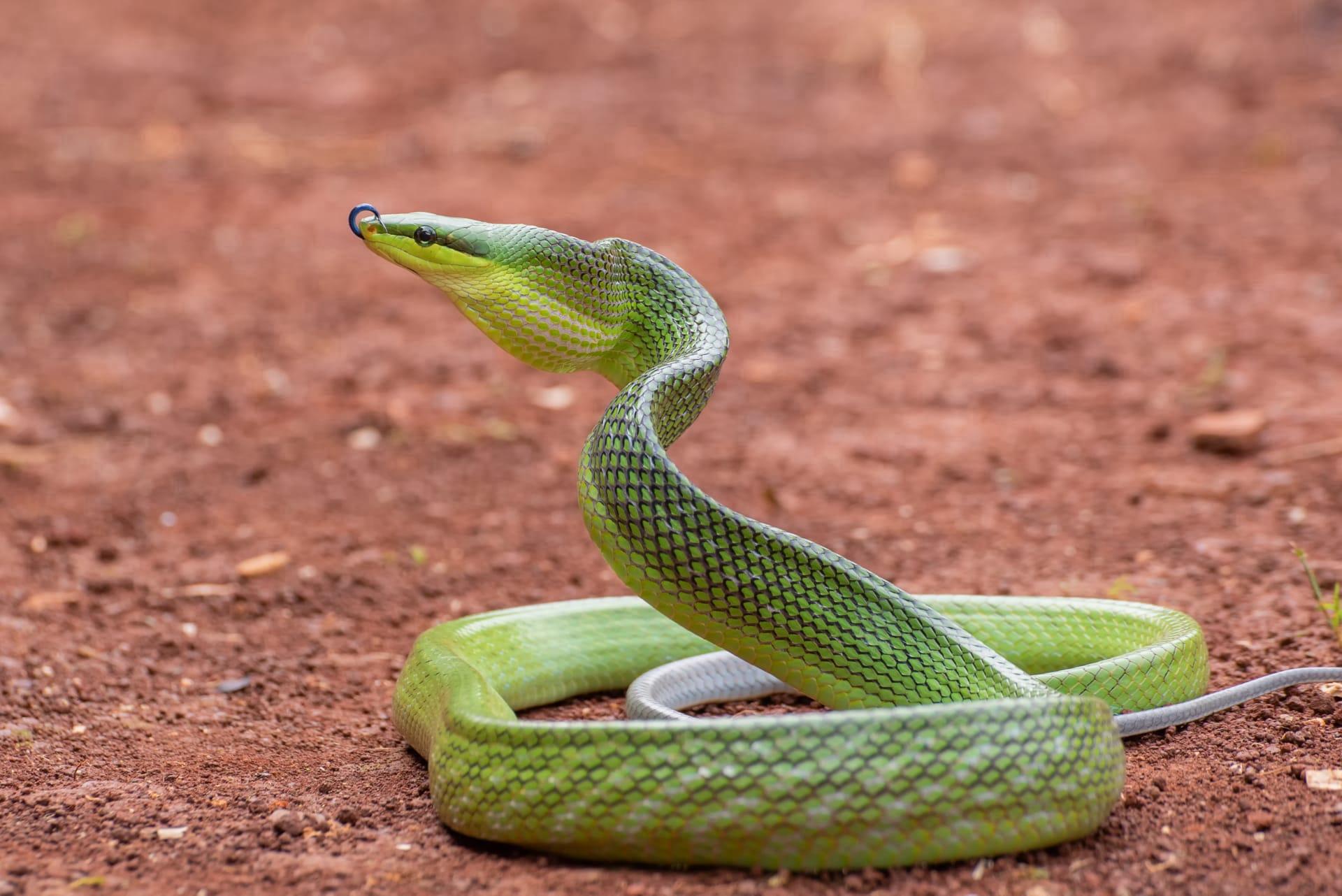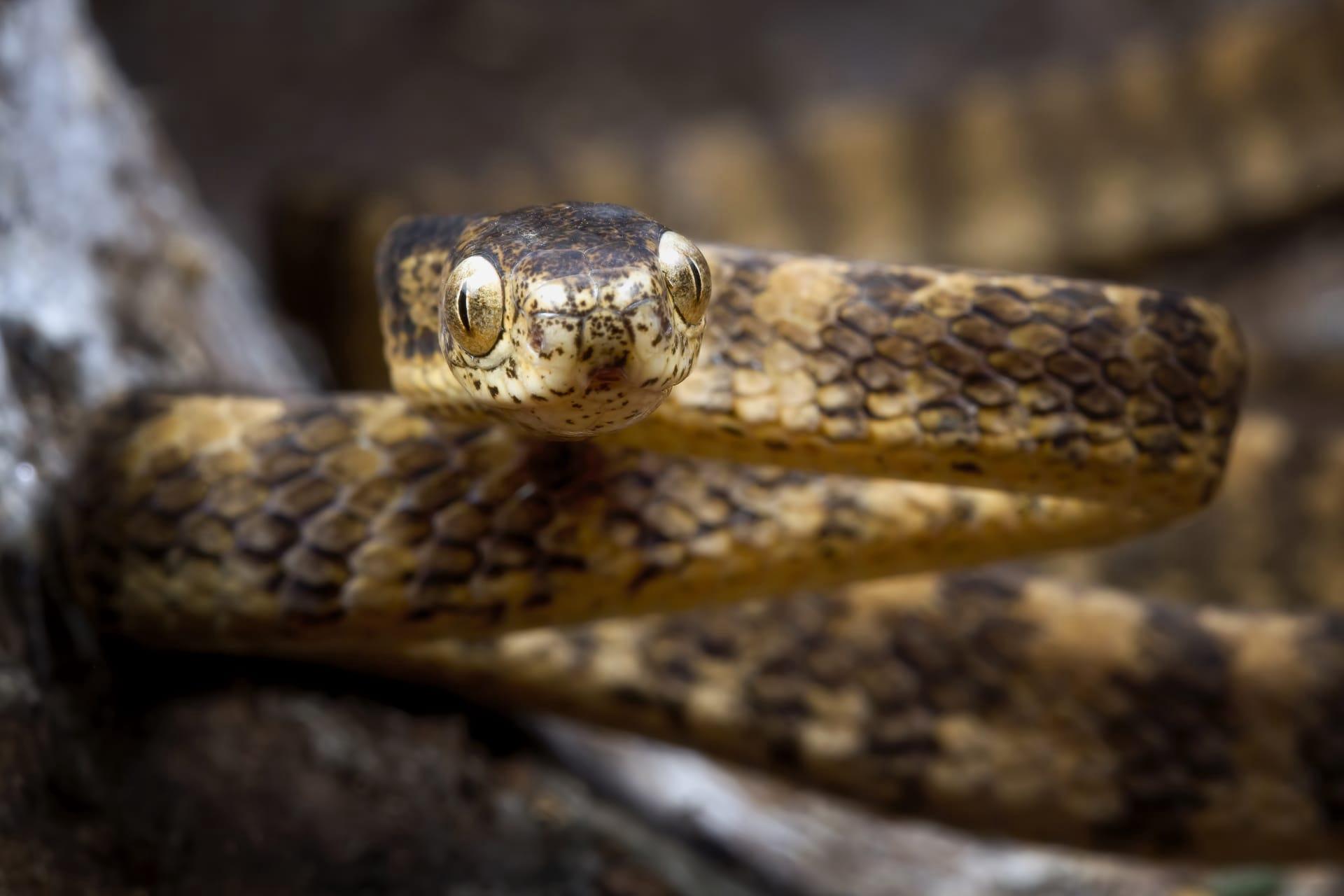Pit Vipers Trivia
- Home /
- Trivia Question /
- Animal /
- Pit Vipers Trivia
1
Question: What unique sensory organ do pit vipers possess that helps them hunt in the dark?
Answer: Pit vipers are named for their distinctive heat-sensing pit organs located between their eyes and nostrils. These organs detect infrared radiation, allowing them to accurately pinpoint warm-blooded prey, even in total darkness. This thermal imaging capability is so precise that a pit viper can detect a temperature change as minute as 0.003 degrees Celsius.
Question: How long can pit vipers grow, and does size impact their venom potency?
Answer: The length of pit vipers varies by species, with some like the Eastern Diamondback Rattlesnake reaching up to 8 feet (2.4 meters). However, size doesn't necessarily correlate to venom potency. Smaller species, such as the Copperhead, may have less venom but it can be equally potent. The toxicity of venom is more about its chemical composition and the snake's ability to deliver it effectively.

2
Question: Is it true that pit vipers always deliver a fatal dose of venom in each bite?
Answer: This is a common misconception. Pit vipers have control over the amount of venom they inject, known as "venom metering." They may deliver a dry bite with no venom or a varying amount based on their perception of threat or prey. Not all bites result in significant venom injection, and fatalities are rare with prompt medical treatment.
Question: Can pit vipers jump or fly to attack?
Answer: Another myth is that pit vipers can jump or fly. In reality, they can only strike from a coiled position, and the distance is typically half their body length or less. They cannot leap or fly but are adept climbers and swimmers, enabling them to reach their prey in diverse environments.

3
Question: How do pit vipers care for their young?
Answer: Unlike many snakes, some pit viper species exhibit a degree of parental care. For instance, female Timber Rattlesnakes guard their young for a period after birth. This protection ensures higher survival rates for the neonates, who are born fully equipped with venom and hunting instincts.
Question: Can pit vipers see well?
Answer: Pit vipers have decent vision, but it's not their primary sense for hunting. They rely more on their heat-sensing pits and keen sense of smell. Their vision is adapted to detect movement rather than fine details, aiding them in identifying potential threats or prey.

4
Question: What's the role of the rattle in rattlesnakes, a type of pit viper?
Answer: The rattle is a warning device. When threatened, rattlesnakes vibrate their tails, creating a rattling sound. This serves as a warning to potential predators or threats to stay away. The rattle is made of keratin segments that interlock, and a new segment is added each time the snake sheds its skin.
Question: Are pit vipers aggressive towards humans?
Answer: Pit vipers are generally not aggressive towards humans unless provoked or threatened. Most bites occur when a snake is accidentally stepped on or deliberately disturbed. They prefer to avoid confrontation and will often retreat if given the opportunity.

5
Question: How does climate affect pit viper populations?
Answer: Climate plays a significant role in the distribution and behavior of pit vipers. They are ectothermic, relying on external heat sources to regulate their body temperature. Warmer climates support greater activity and wider distribution, while colder conditions limit their range and can lead to hibernation-like states.
Question: What is the lifespan of a pit viper in the wild?
Answer: The lifespan of pit vipers varies by species and environmental conditions. On average, they can live anywhere from 10 to 25 years in the wild. Factors influencing their lifespan include availability of prey, habitat quality, and predation pressure. In captivity, with ideal conditions, some can live even longer.